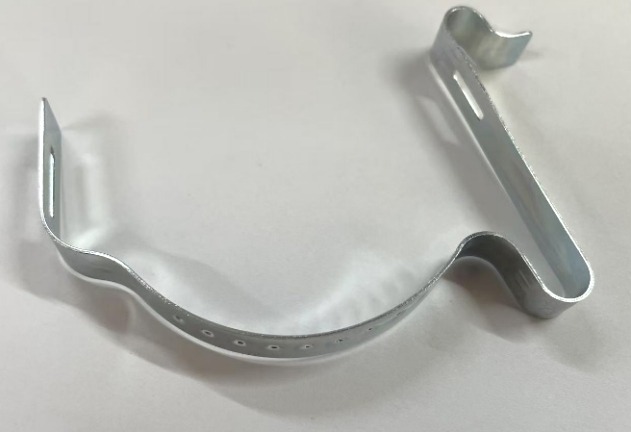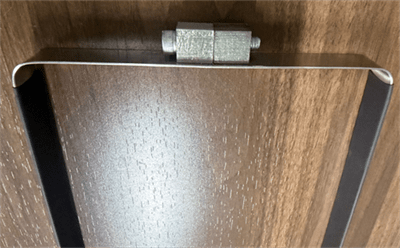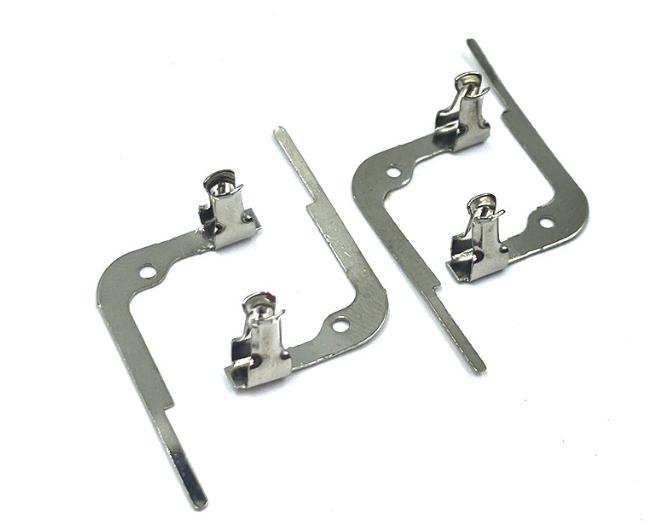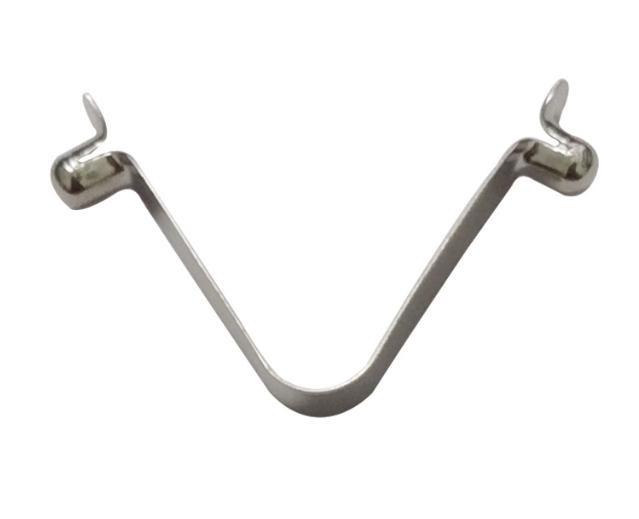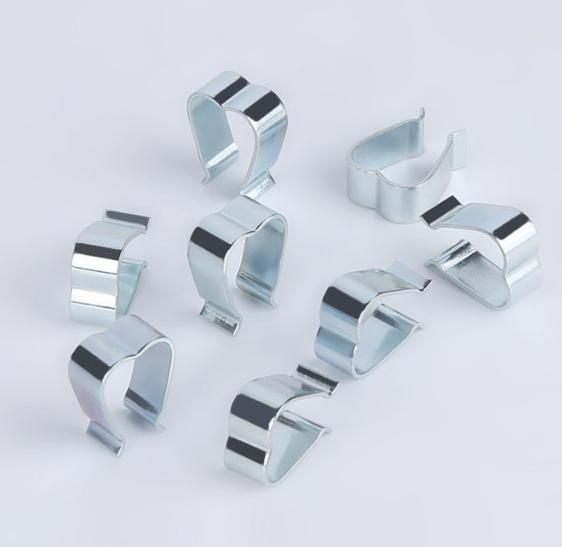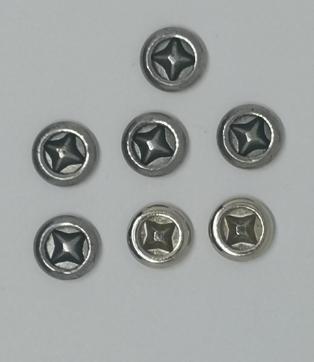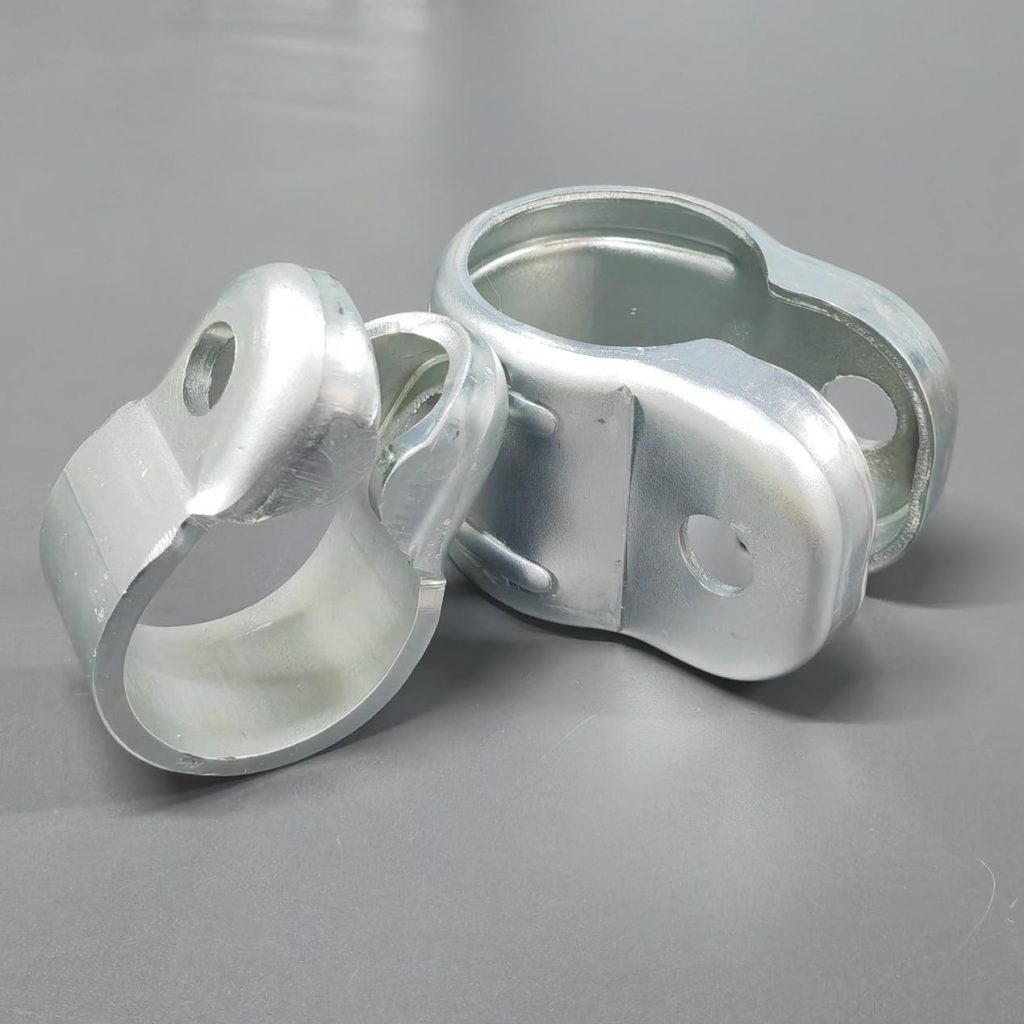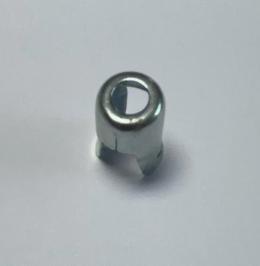The Rise of Stamping Parts in Manufacturing: A Comprehensive Analysis
The manufacturing industry has witnessed a remarkable evolution over the centuries, driven by technological advancements and a constant pursuit of efficiency and precision. Among the various manufacturing techniques that have shaped the modern industrial landscape, stamping has emerged as a frontrunner, particularly in the production of metal stamping parts. This article delves into the compelling reasons why stamping parts have gained widespread adoption in various manufacturing industries.
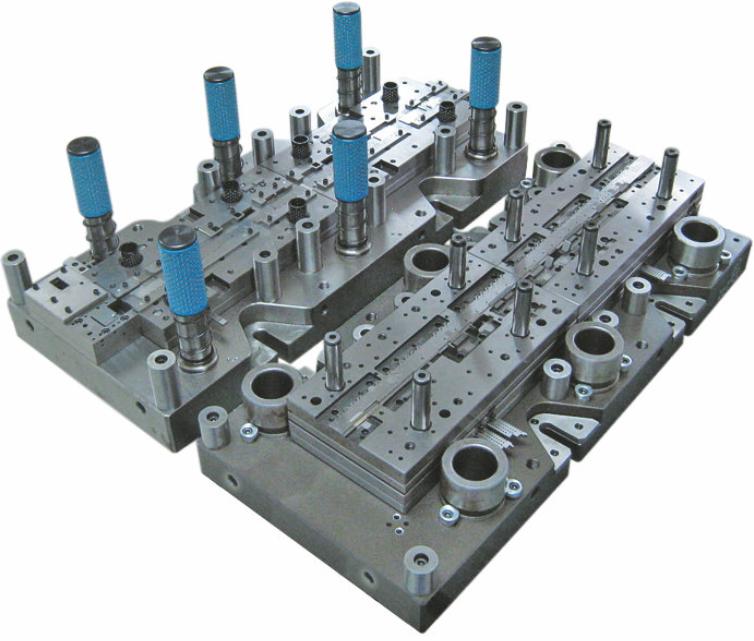
Cost-Effectiveness: A Driving Force for Using Stamping Parts
One of the most significant advantages of using stamping parts is their cost-effectiveness. Stamping processes offer several factors that contribute to reduced production costs:
- High Production Rates: Stamping presses operate at high speeds, enabling the production of large quantities of parts in a short period. This efficiency translates into lower production costs per unit.
- Minimal Material Waste: Stamping processes are designed to minimize material waste. The sheet metal used as the starting material is carefully cut and shaped, leaving minimal scraps. This efficient utilization of material further reduces production costs.
- Lower Labor Costs: Compared to traditional manufacturing methods, stamping requires less manual labor. The process is highly automated, with machines performing the cutting, shaping, and forming operations. This automation reduces labor costs and increases productivity.
- Cost-Effective Tool Maintenance: Stamping dies, the tools used to shape the metal, are designed for durability and long life. With proper maintenance, these dies can produce thousands of parts before requiring replacement. This extended lifespan reduces the overall cost of tooling.
Versatility and Precision Provided by Stamping Parts: A Winning Combination
Stamping parts offer remarkable versatility and precision, making them suitable for a wide range of applications:
- Shape and Size Flexibility: Stamping can produce parts in a vast array of shapes, sizes, and thicknesses. This versatility allows manufacturers to create components that meet specific design requirements and fit into various applications.
- High-Precision Parts: Stamping processes are renowned for their ability to produce parts with consistent dimensions and tight tolerances. This precision ensures that components fit together perfectly and function as intended.
- Material Compatibility: Stamping can be used with a wide range of materials, including metals, plastics, and composites. This adaptability allows manufacturers to select the most suitable material for the specific application, considering factors such as strength, weight, and cost.
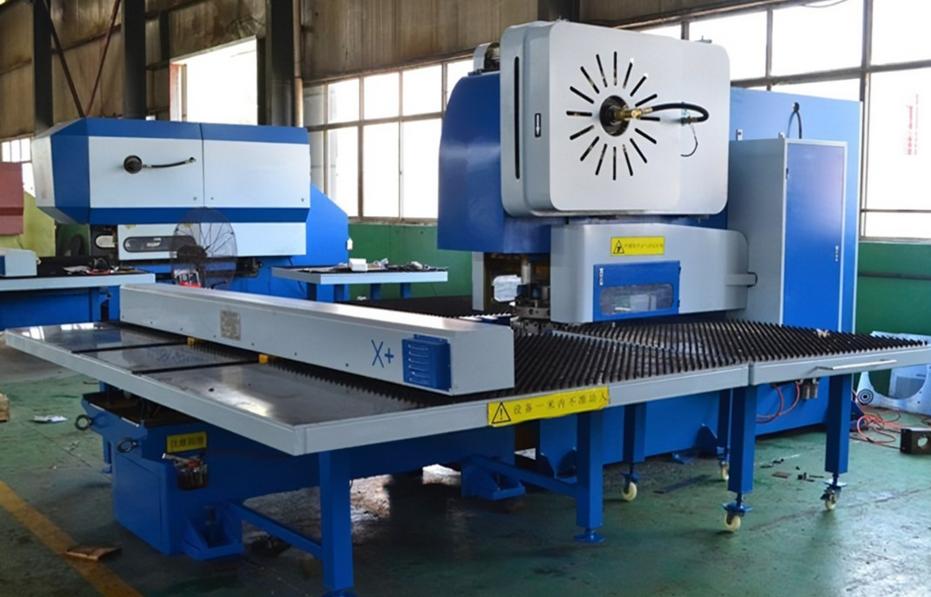
Strength and Durability of Stamping Parts: Built to Last
Stamping parts are known for their exceptional strength and durability, making them ideal for applications that demand high performance.
- Strength-to-Weight Ratio: Stamping processes can produce parts with high strength-to-weight ratios. This means that the parts are lightweight yet strong, making them suitable for applications where weight is a critical factor.
- Stress and Strain Resistance: Stamped parts can withstand various stresses and strains, making them suitable for applications that involve heavy loads, vibrations, and repeated use.
- Long Service Life: Stamping parts are designed to last, exhibiting resistance to fatigue and wear. This durability ensures a long service life and reduces the need for frequent replacements.
Enhanced Design and Functionality of Stamping Parts
Stamping technology has revolutionized product design, allowing manufacturers to create components with enhanced functionality and aesthetics:
- Complex Shapes and Intricate Details: Stamping processes can produce parts with complex shapes and intricate details that would be difficult or impossible to achieve with traditional methods. This precision enables the creation of aesthetically pleasing and functionally superior products.
- Design Integration: Design elements can be directly incorporated into the stamping process, eliminating the need for secondary operations. This integration streamlines production and enhances the overall design of the product.
- Improved Product Functionality: Stamping techniques allow for the creation of parts with specific functional properties, such as springiness, electrical conductivity, or heat dissipation. These properties enhance the overall performance and functionality of the product.
Sustainability and Environmental Benefits Provided by Stamping Parts
Stamping processes offer several environmental advantages, aligning with the growing emphasis on sustainability in manufacturing:
- Reduced Material Waste: As mentioned earlier, stamping processes minimize material waste, contributing to a more sustainable production approach.
- Lower Energy Consumption: Stamping operations typically consume less energy compared to traditional manufacturing methods, reducing the environmental impact.
- Environmentally Friendly Practices: Many stamping manufacturers are adopting environmentally friendly practices, such as using recycled materials and implementing waste reduction strategies. These initiatives further promote sustainability in the industry.
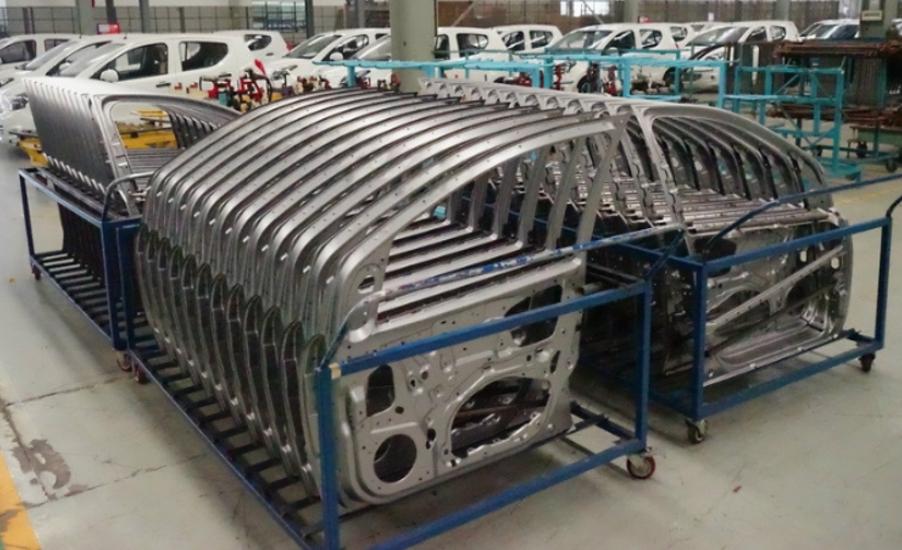
Conclusion: A Technology on the Rise
The use of stamping parts in manufacturing has witnessed a remarkable surge in recent years, and this trend is expected to continue. The combination of cost-effectiveness, versatility, precision, strength, and sustainability makes stamping an attractive choice for manufacturers across various industries. As technology advances and stamping processes become even more efficient and precise, the adoption of stamping parts is likely to expand further, shaping the future of manufacturing.

